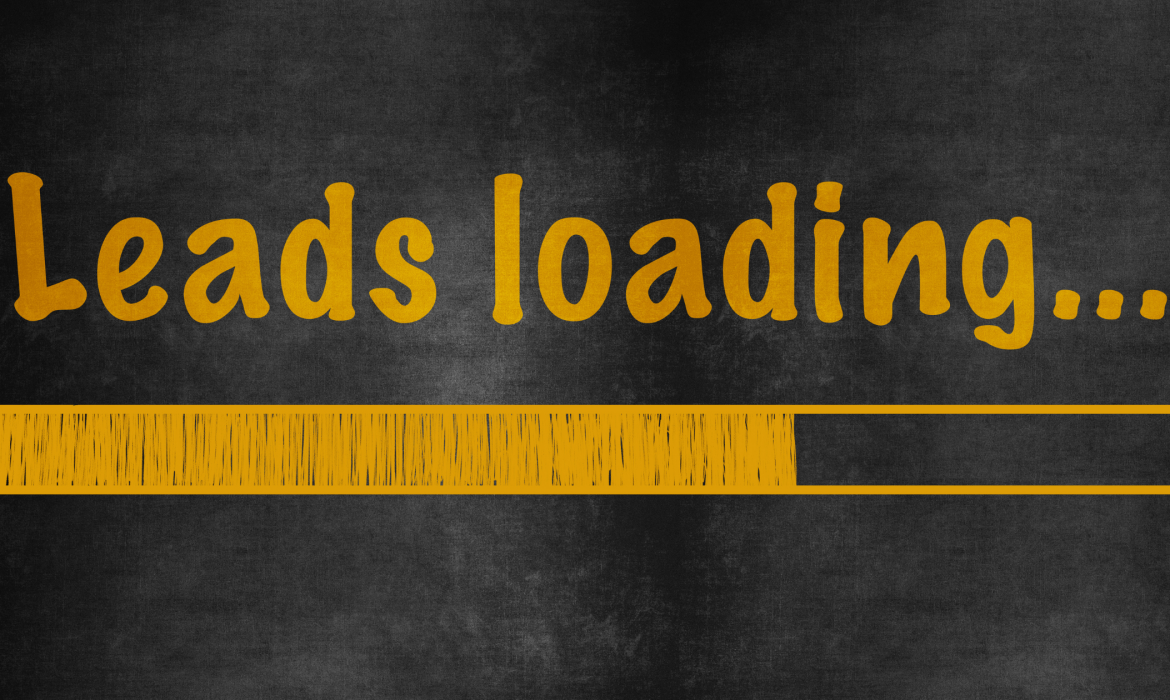5 Essential Steps to Build a B2B Demand Generation Strategy

In today’s highly competitive business landscape, B2B demand generation for software products or services is crucial for sustained growth and success. Crafting a demand-generation strategy can help reach your target audience.
It can also help to convert them into qualified leads. This can ultimately result in increased revenue for your business. In this blog post, you will explore five essential steps to build an effective demand-generation strategy.
Step 1: Define Your Target Audience:
The first step in building a b2b campaign is identifying and understanding who your target audience is. Begin by creating buyer personas that outline your ideal customer’s demographics, interests, pain points, and buying behaviours. This information will help you tailor your marketing messages and tactics to resonate with your audience effectively and generate qualified leads.
Step 2: Develop Compelling Content: Content lies at the heart of any successful B2B campaign.
Create high-quality, valuable content that educates, informs, and entertains your target audience. This could include blog posts, ebooks, whitepapers, videos, webinars, and infographics. Addressing your audience’s pain points and providing solutions can position your brand as a trusted authority and capture their attention.
Step 3: Leverage Multiple Channels: Leverage multiple marketing channels to distribute your content and engage with your target audience.
This may include social media platforms, email marketing, search engine optimisation (SEO), paid advertising, influencer partnerships, and industry events. A multi-channel approach ensures that your message reaches your audience wherever they are, increasing your chances of generating demand.
Step 4: Implement Lead Nurturing Strategies:
Lead nurturing is essential for converting interested prospects into qualified leads. Once you have a customer’s attention and you understand their need, help the customer with information that is relevant to them. If they want to validate your services, provide them proof of your work in the shape of case studies or recommendations.
Providing the right information at the right time helps build trust in your brand and your services. This takes your prospect a step further in their buying decision.
Step 5: Measure and Optimise:
No B2B demand generation campaign is perfect from the start. It’s crucial to measure your key performance indicators (KPIs) and optimise campaigns accordingly. This could mean changing the messaging, graphics, or even the marketing channel.
Track metrics such as website traffic, lead conversion rates, email open rates, click-through rates, qualified leads generated and revenue achieved. Use this data to identify areas of improvement and refine your strategy accordingly. Experiment with different tactics, analyse the results and make data-driven decisions to enhance your demand generation efforts.
Demand generation campaigns are most effective when optimised over some time.
Conclusion: Building a successful B2B demand gen strategy requires careful planning, audience understanding, and consistent execution of marketing campaigns.
To effectively reach your desired audience, it’s important to first define who they are. Once you have a clear understanding of your target audience, you can create engaging and persuasive content that resonates with them. Don’t just rely on one channel to distribute your message, use multiple platforms to ensure maximum exposure.
Finally, implement lead nurturing strategies to maintain engagement and build a lasting relationship with your audience. Measure and optimise your marketing campaigns. By following these five essential steps, you can create a robust framework for generating demand and driving business growth.
Remember, demand generation marketing is an ongoing process. It needs to be adapted and refined to follow market trends and customer preferences. This keeps the process up to date. Stay agile, be responsive, and seek ways to enhance your demand gen strategy for optimal results.
To ensure success, tracking and measuring your demand generation efforts is essential.
Utilise analytics and reporting tools to assess the performance of each tactic and adjust your strategy accordingly. Doing so will help you identify what’s working and what’s not and make adjustments to optimise your efforts. Additionally, keep up with industry trends and customer feedback to ensure your steps are always relevant and practical.
Stay up-to-date with the newest advancements. Make decisions based on data.
This will maximise the effect of your demand-generation strategies. Sustainable business growth will be the result. Examine the data to spot areas where your plan could be improved and adjust accordingly.
Ready to launch your next B2B marketing campaign?
Book a free audit of your landing pages or even the complete plan and set yourself up for success.
